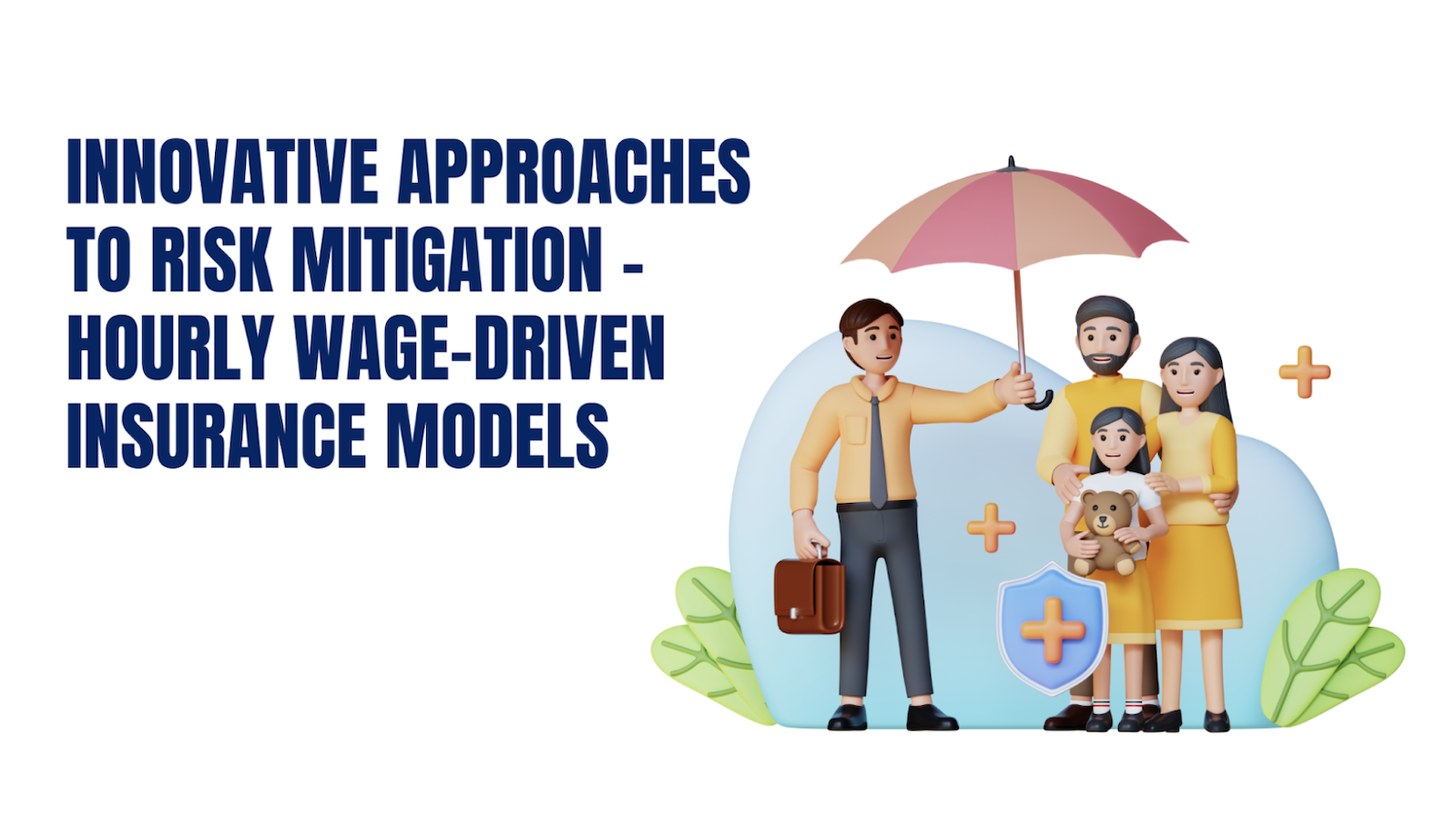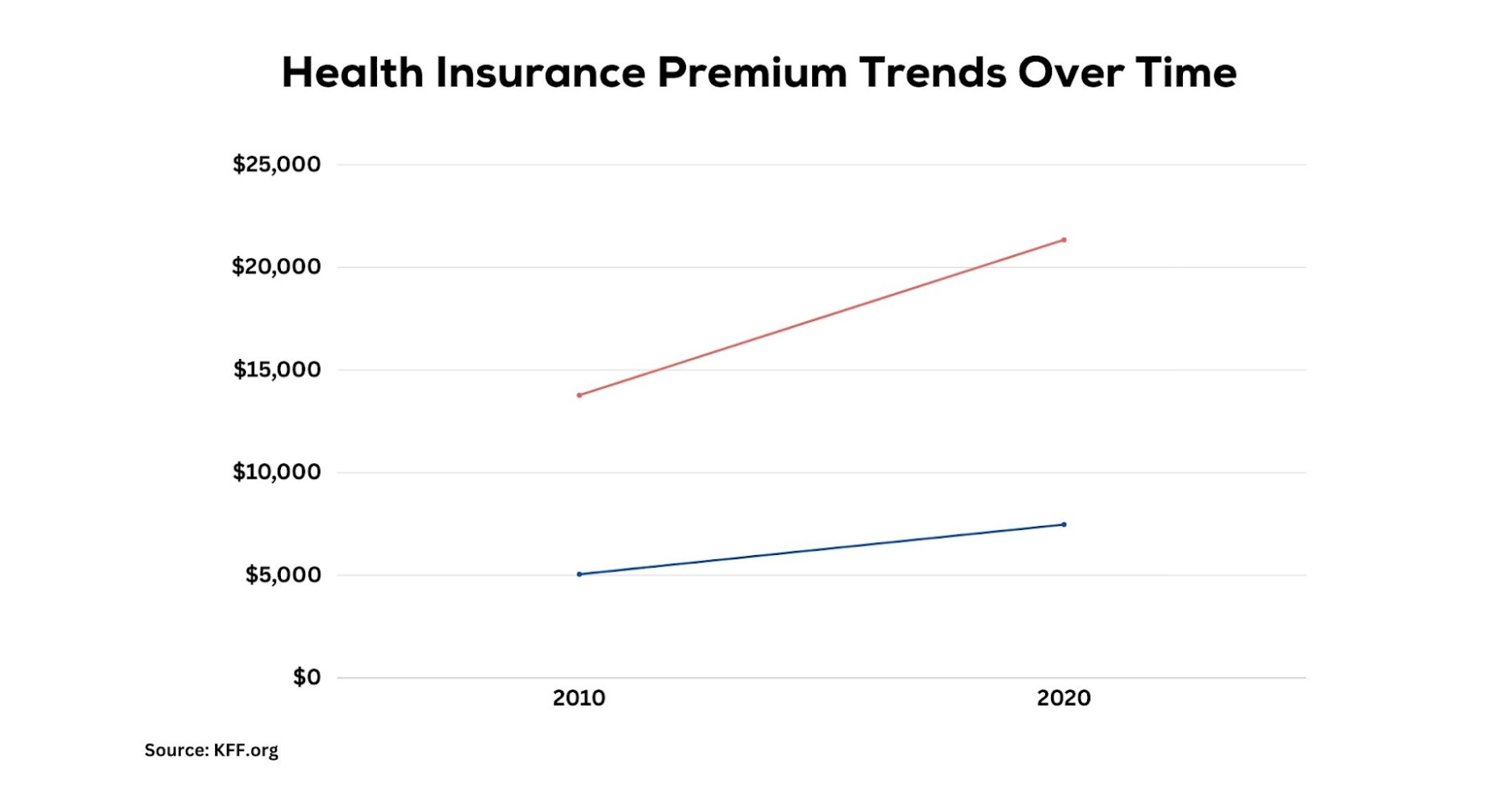The only thing better than having smart friends is having smart friends who've been around a little while, gaining perspective.
In my case, the smart friend often turns out to be Chunka Mui, whom I've had the pleasure of working with for more than 25 years and with whom I've written four books. He recently published some sharp insights on how the lessons from the dot-com bust of the early 2000s should shape our thinking about today's boom in generative AI, and I'll summarize for you here.
Chunka knows whereof he speaks. He was one of the pioneers of digital strategy back in the mid-1990s--I first heard the term from his lips when we were partners at Diamond Management and Technology Consultants. He was also co-author of "Unleashing the Killer App: Digital Strategies for Market Dominance," a best-seller that has been described as the bible of the internet boom.
Diamond became known as "the killer app firm," and he advised on loads of projects. After he and I published "Billion Dollar Lessons" in 2008, on what to learn from major corporate failures, we consulted with major companies on how to tell whether they had a killer app or a killer flop, before they risked tens of millions of dollars.
So Chunka has seen the good, the bad and the ugly in major innovation efforts, like those companies are considering for generative AI.
A couple of his six pointers are tricky. He tells you to be aggressive but not too aggressive. Good luck with that, right? But even there, he explains how to sense if you're straying from a winning path.
Let's have a look.
Chunka begins his column on LinkedIn with a tight summary of the major successes and failures of the dot-com era, showing that both are possible, with results that measure in the trillions of dollars -- yes, trillions, with a "t."
"On one hand," he writes, "this Cambrian-like explosion of the commercial internet led to enduring successes such as Salesforce, Google, Netflix, Amazon, Apple and Meta," which have a combined market cap of more than $7 trillion. "On the other hand, this exuberant period also produced notable failures like Webvan, Pets.com and the AOL/Time Warner merger. The total investor losses from the peak of the boom to the bust are estimated to exceed $8 trillion (adjusted for inflation)."
How do you make sure you're on the plus side of one of those big numbers? Here are Chunka's pointers:
- Don't Mistake Investor Enthusiasm for Market Dynamics
- Resist the FOMO Trap
- Don't Mistake Complacency and Denial for Thoughtful Deliberation
- Sustainable Business Models Do Matter (Really)
- Integrate Digital With Traditional Business Strategies
- Think Big, Start Small, Learn Fast
1. Don't Mistake Investor Enthusiasm for Market Dynamics
This pointer especially resonates with me. I couldn't tell you how many times during the initial internet boom that someone acted as though a stock market valuation was conclusive proof that some startup was the wave of the future. But stock prices are merely bets about the future. Many turn out to be wrong. That's the nature of bets. And when a company that, say, has a shot at being more or less the operating system of the generative AI wave -- a la Microsoft for PCs, Apple for smartphones and Google for search -- turns out to have no shot, the stock price can plunge from a stratospheric number to zero overnight.
Chunka cites the failure of the AOL-Time Warner merger as an example of what can go wrong when you base strategic decisions on stock market euphoria, AOL acquired Time Warner in a deal valued at $350 billion when it was announced in 2000, right before the internet bubble burst. Shareholders in the upstart AOL got 55% of the stock in the combined entity, while shareholders in Time Warner, a media behemoth at the time, received only 45%. The value of the combined entity soon fell to $20 billion, and AOL, after steadily shrinking, was sold to Verizon in 2015 for just $4.4 billion. In a final indignity, Verizon sold what was left of AOL plus what was left of Yahoo -- another dot-com high flyer, valued at more than $110 billion in April 2000 -- to a private equity firm in 2021 for $5 billion.
Chunka's words of warning:
"Remember this each time you see venture capital data or short-term market value blips used as prompts for strategic action."
2. Resist the FOMO Trap
This is the don't-go-too-fast part of Chunka's advice. In the research for "Billion Dollar Lessons," we found plenty of companies -- impressive companies -- that fell into the FOMO trap. For instance, FedEx got suckered by fax machines in the 1980s. It decided that "absolutely, positively overnight" would be even better as "absolutely, positively that afternoon," so it spent hundreds of millions of dollars to roll out a fax-based service at a time when few businesses had their own machines. A driver would come to your office, pick up a document and take it to a FedEx store, where it was faxed to the FedEx office nearest the recipient, so a driver could then deliver the fax. The problem, of course, was that every business soon had slews of fax machines, and FedEx wrote off the whole value of the business it rushed into existence.
Chunka's advice:
"Prioritize strategic patience and thorough market analysis over the impulsive pursuit of the herd. Resist the urge to jump on the AI bandwagon without a clear understanding of how it aligns with specific business problems and real value propositions in your industry and market."
3. Don't Mistake Complacency and Denial for Thoughtful Deliberation
On the other hand, you can't be too slow -- and many companies moved far too slowly in the dot-com days, kidding themselves that they were simply being prudent. I so remember interviewing the CEO of Sears in the late '90s in his office in what was then still known as Sears Tower and having him tell me that the company was carefully studying the internet but saw no need to do anything just yet. Now look at the company. You don't see much evidence of it anywhere, certainly not in what's now Willis Tower.
Chunka cites the examples of Borders, Kodak and Blockbuster from the dot-com days. Borders actually outsourced its online sales to Amazon, handing the future over to an omnivorous rival. Kodak invented the sensor for digital cameras but never really committed to turning that into a business. Blockbuster so misread the future that, among other missteps, it passed on a chance to buy Netflix early on.
Chunka's recommendation:
"Embracing new technology requires careful consideration, but this should not be confused with inaction or denial of evolving technology and market realities. As Voltaire observed, perfect is the enemy of good. Strategic deliberation involves actively evaluating new technologies, understanding their potential impact and integrating them into the business model where appropriate."
4. Sustainable Business Models Do Matter (Really)
This reality seems to have set in in the world of insurance over the last year or so. When money was basically free, with interest rates near zero, startups could afford to invest in growth at all costs and worry about profitability later. With interest rates far higher now, companies have to show that they can generate profits and cash for the long term.
As Warren Buffett has said, "Only when the tide goes out do you discover who's been swimming naked" -- and the tide eventually goes out for every business.
Chunka cites the dot-com era failures of Pets.com and Webvan. Pets.com had high-profile marketing (an old friend of mine was the chief marketing officer responsible for the much-mocked sock puppet Super Bowl ad; true story) but never had a real business model. Webvan burned through $800 million before it even paused to test the viability of its business model -- there's that FOMO again -- and the model didn't work.
Chunka's summary:
"As AI technology evolves, it's tempting to focus on the technology's novelty and potential for (eventual) disruption. However, success lies in building businesses that are not just technologically innovative but also strategically viable. This requires ample focus on revenue generation, cost management and market demand, ensuring that the business model is robust enough to withstand investor pressures, market shifts and continued technological advance.
5. Integrate Digital with Traditional Business Strategies
This recommendation reminds me of something Matteo Carbone said recently in a webinar we did on the prospects for the Internet of Things (IoT). He said he had made the mistake of initially thinking of the IoT as a product for insurance companies, when it's really a capability that should be incorporated up and down the product line.
The internet has certainly turned out to be an enabler, rather than a separate business, and Chunka cites Walmart as a prime example of a company that blended the new capabilities into the established business. He says the blending "included developing a robust e-commerce platform, employing data analytics for inventory management and enhancing customer experiences through technology. This strategic integration helped Walmart compete effectively, even as Amazon grew at a prodigious pace and demolished many other retailers."
For those innovating with today's AI, he recommends "ensuring the technology complements rather than overrides established operational processes."
6. Think Big, Start Small and Learn Fast
This has been our mantra since our days at Diamond, one we cover at length in our 2013 book, "The New Killer Apps: How Large Companies Can Out-Innovate Start-Ups." In our experience, companies miss out if they don't imagine all the possibilities of a breakthrough technology like generative AI. But then you have to test inexpensively -- the big pilots and the rollouts need to wait until you actually know what you're up to. You also have to learn as quickly as possible, which means killing the little tests that aren't proving fertile.
My brothers, both former professional poker players, tell me that amateurs lose much of their money because they look at the two down cards in Texas Hold 'Em and think, "Well, these might turn into something," even though the odds are long. That approach may be okay in a neighborhood game, but businesses need to be far more disciplined about how they spend their time and money.
Chunka cites Microsoft and Nokia as examples of companies that didn't think big enough on smartphones and acted too incrementally, leaving the field open for Apple.
He mentions Kodak and Borders as companies that waited so long to try to innovate that they gave themselves no time to start small. They had to swing for the fences when they finally realized they were in trouble, and they missed. I'd add Blockbuster, which was positively floundering toward the end. With Netflix banging on Blockbuster about its late fees, Blockbuster announced that it would end the hated fees -- without even taking the time to realize that it wouldn't turn a profit without them.
Chunka's final advice?
"The key lies in striking a balance: leveraging the potential of AI for innovation and progress while remaining grounded in provable business strategies and market realities. By applying lessons from the past, businesses can not only surf this technological wave but also create enduring, successful ventures."
I can't say it any better.
Cheers,
Paul





















